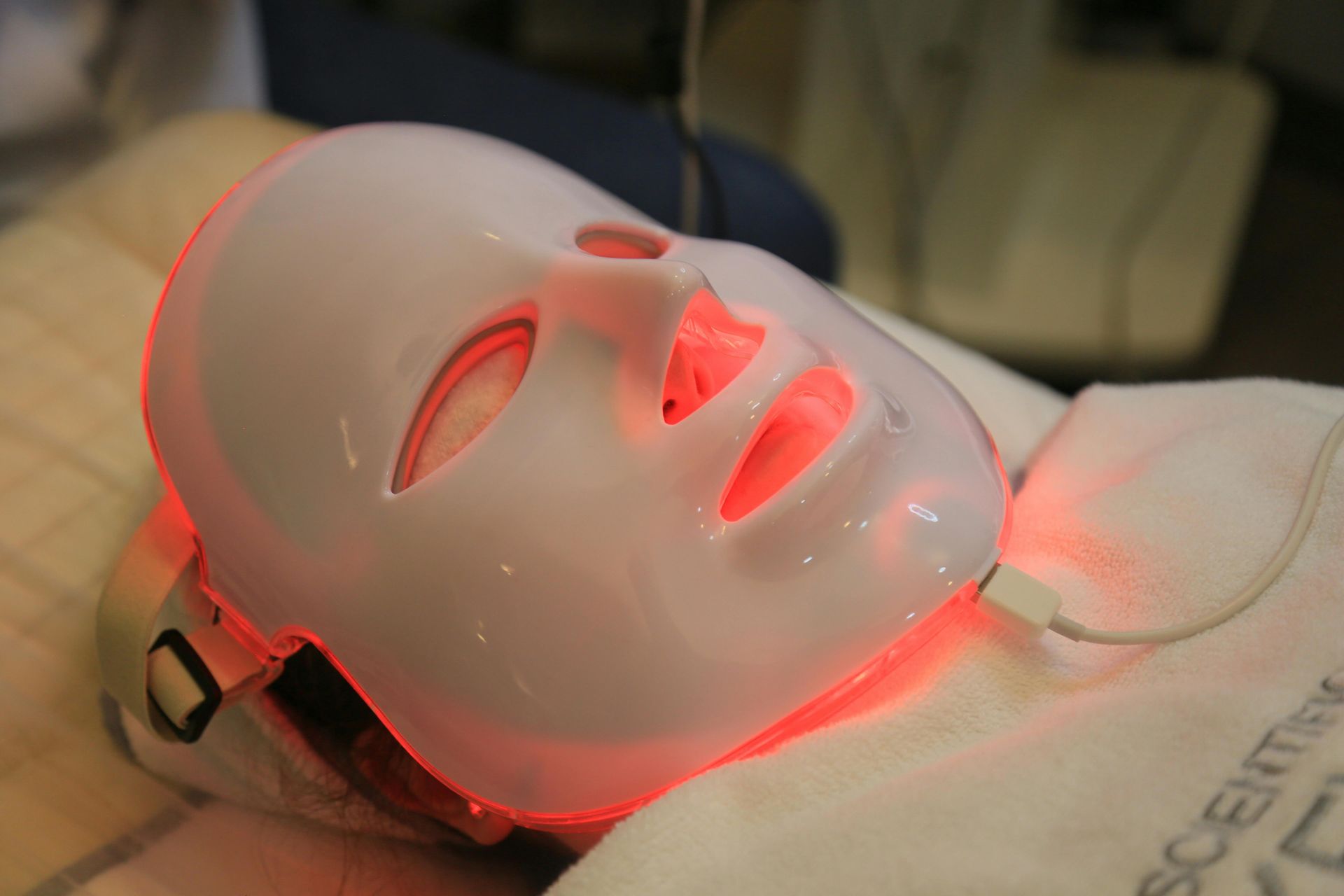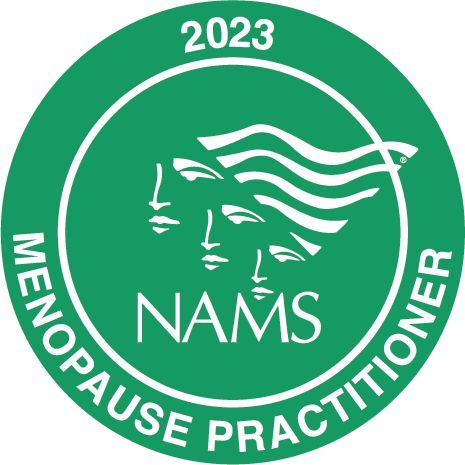How “Real” Progesterone Changed My Patient’s Life- And Why It Could Change Yours Too

This past week, a 47-year-old perimenopausal patient reached out with a heartfelt email: “Thank you. I’m finally sleeping through the night, waking up restored, and I feel like myself again.” What did we do differently? We started her on micronized (bioidentical) progesterone- transforming her day-to-day life when nothing else had worked.
Let’s talk about why this happens, and why understanding the difference between synthetic progestins and natural, micronized progesterone is essential for every woman navigating perimenopause, menopause, or hormone therapy.
What’s Happening in Perimenopause?
Why Progesterone Declines (and What It Does to You)
As women approach their late 30s and 40s, ovulation (and therefore progesterone production) grows more erratic. Over time, cycles can become anovulatory- meaning you may not ovulate and therefore won't produce progesterone during that month. Estrogen keeps fluctuating, but progesterone gently fades away.
Here’s what declining progesterone often looks like:
- Sleep problems (trouble falling or staying asleep)
- Mood shifts (anxiety, depression, irritability)
- Fatigue and feeling unrested even after sleep
- Heavy or unpredictable periods
- Breast tenderness
- Headaches or migraines
- Brain fog and trouble concentrating
- Weight gain and bloating
If you’re experiencing these symptoms, you’re certainly not alone. The culprit is often not “just” estrogen, but low or imbalanced progesterone, which plays a special role in calming, restoring, improving sleep, and balancing the female body.
Why This Should Matter to You
Not all “progesterone” is the same. Many physicians and even medical texts often use the terms “progesterone” and “progestin” interchangeably, yet the distinction is vital: natural micronized progesterone and synthetic progestins can impact your health, symptoms, and long-term safety in markedly different ways. Understanding the options available to you restores a sense of control over your well-being. Recognizing these distinctions can empower you to make informed choices-allowing you to regain your sense of self, just as my patient did.
Understanding the Differences: Micronized Progesterone vs. Synthetic Progestins
1. Structure & Source
- Micronized Progesterone:
- Identical to the progesterone your body naturally makes.
- Usually derived from plant sources (like yams or soy), then lab-processed to match your own hormone.
- Synthetic Progestins:
- These are lab-designed hormones that mimic some effects of natural progesterone.
- Entirely synthetic; molecular structure differs from human progesterone.
2. How They Work in Your Body
- Micronized Progesterone:
- Directly activates the same receptors as your own progesterone.
- Supports natural sleep cycles and mood stability.
- Protects the uterine lining in hormone therapy.
- Synthetic Progestins:
- Activate progesterone receptors but may also interact with other hormone receptors, causing different effects.
- Less likely to improve sleep or mood; sometimes cause side effects.
3. Common Uses
- Micronized Progesterone:
- Mainstay of hormone therapy for perimenopause and menopause, especially for those struggling with sleep or mood.
- Typically taken orally in doses of 100–200 mg at bedtime, though it can also be used vaginally for specific indications. Dosing is tailored to each woman's needs and symptoms.
- Brand examples: Prometrium, Utrogestan.
- Synthetic Progestins:
- Typically present in birth control pills, hormone injections, certain hormone therapy approaches, and intrauterine devices (IUDs), these medications come in various formsoral pills, injections, implants, patches, or IUDs—according to their specific functions like contraception, menstrual regulation, or uterine protection. Occasionally, synthetic progestins may be required and can prove advantageous for a limited duration, such as in managing heavy bleeding.
- Examples: medroxyprogesterone acetate (Provera), norethindrone.
4. Benefits
- Micronized Progesterone:
- Improves sleep, reduces night sweats and anxiety, stabilizes mood, lessens breast tenderness and heavy bleeding.
- Lowered risk of breast cancer and blood clots compared to synthetic progestins when combined with estrogen.
- Gentler side effect profile.
- Synthetic Progestins:
- Can regulate menstrual cycles and protect the uterus.
- Accessible in many birth control options.
- But, less likely to improve sleep/mood and sometimes associated with side effects.
5. Risks and Side Effects
- Micronized Progesterone:
- May cause drowsiness if not taken at bedtime.
- Rarely, mild dizziness or breast tenderness.
- Generally lower risk of serious side effects.
- Synthetic Progestins:
- More likely to cause mood swings, irritability, worsening anxiety or depression.
- Elevated risk of breast cancer, blood clots, and heart concerns with long-term use when combined with estrogen.
- More likely to cause bloating or unpredictable bleeding, especially when used in progestin-only birth control pills (POPs).
Busting Common Misconceptions
- Myth: All "progesterone" is the same.
- Fact: Synthetic progestins are not the same as your body’s own progesterone; their risks and benefits differ.
- Myth: Progestins are better because they’re stronger.
- Fact: Natural progesterone is safer for mood, sleep, and long‑term health, especially for hormone therapy.
- Myth: Only use progesterone if your periods have stopped.
- Fact: Many women benefit from progesterone for sleep, mood, or period issues well before menopause. In addition, it can be used to treat hot flashes/night sweats when estrogen therapy is not an option.
What Action Can You Take?
- Ask your provider which “progesterone” or “progestin” you’re receiving- and why. Again, there are times when short-term use of a progestin is indicated and appropriate.
- Advocate for bioidentical micronized progesterone if you’re not feeling your best, especially with sleep or mood issues.
- Schedule a consultation with me to discuss your unique hormone needs- a personalized plan works best.
Ready to Feel Like Yourself Again?
If you’re tired of struggling with poor sleep, mood swings, or hormonal ups and downs, you don’t have to “just live with it.” Schedule your initial visit today and take the first step toward feeling renewed, restored, and truly yourself!
















